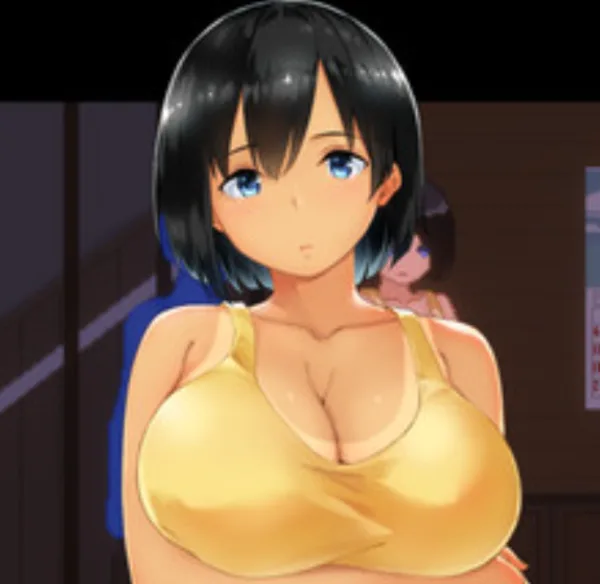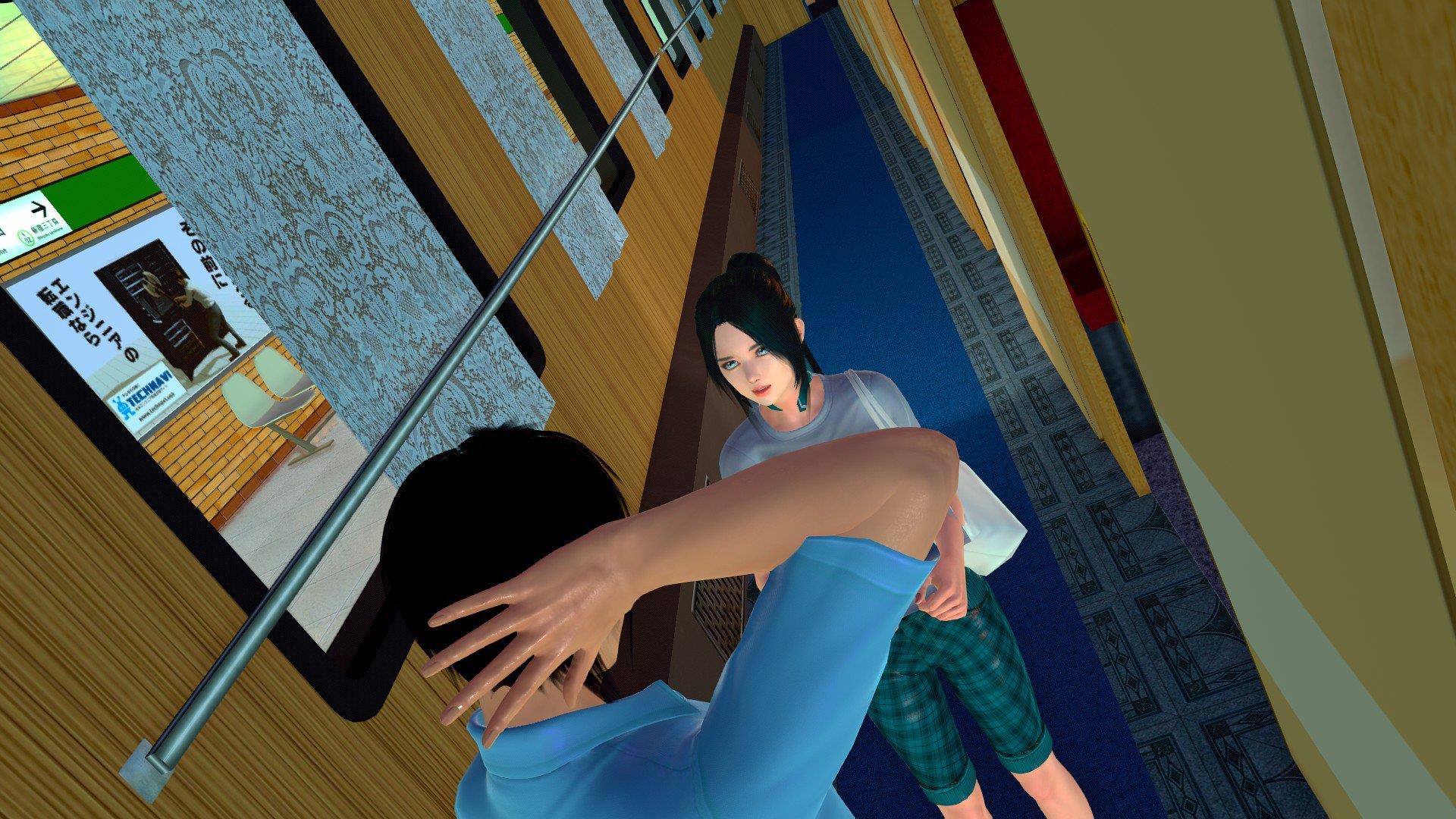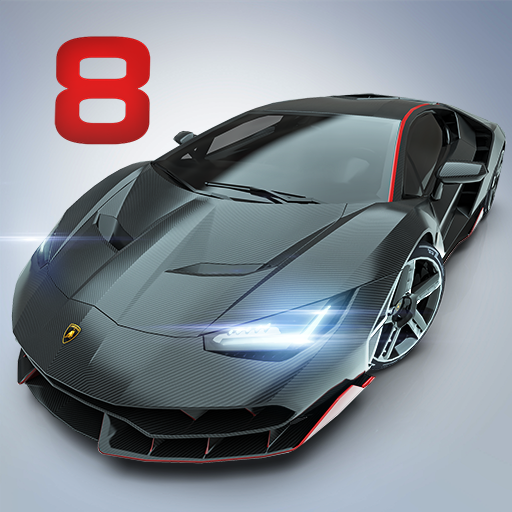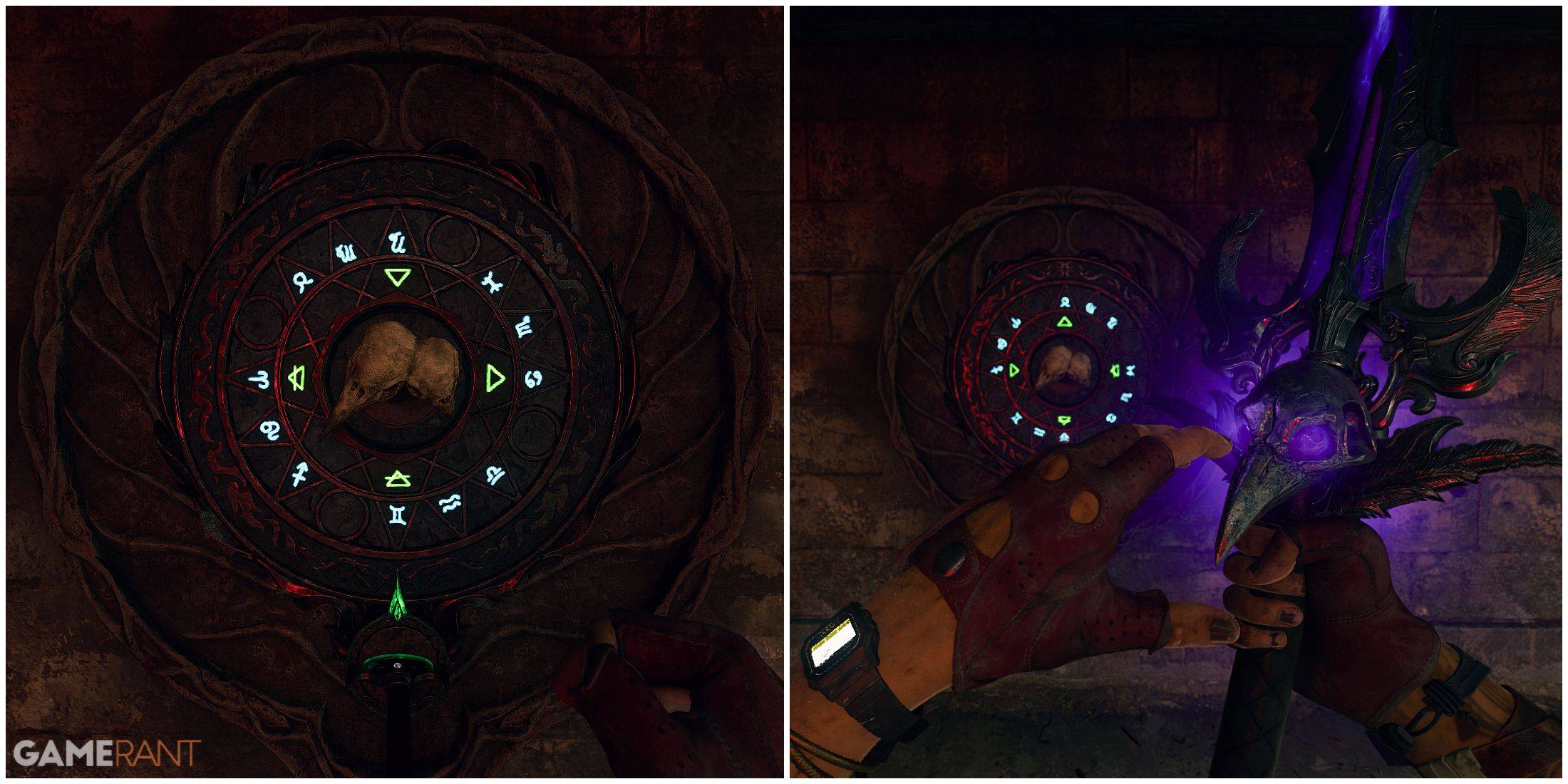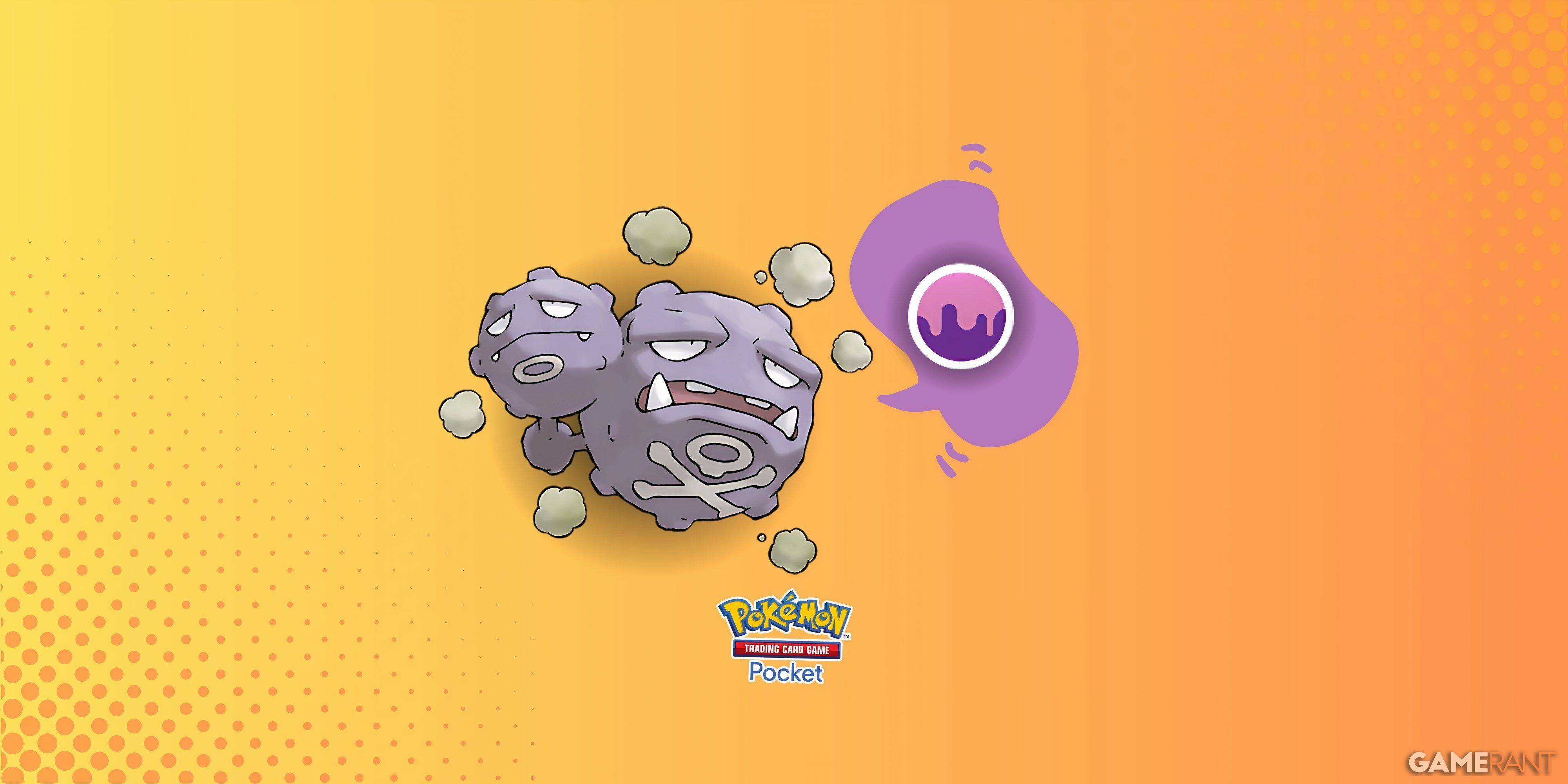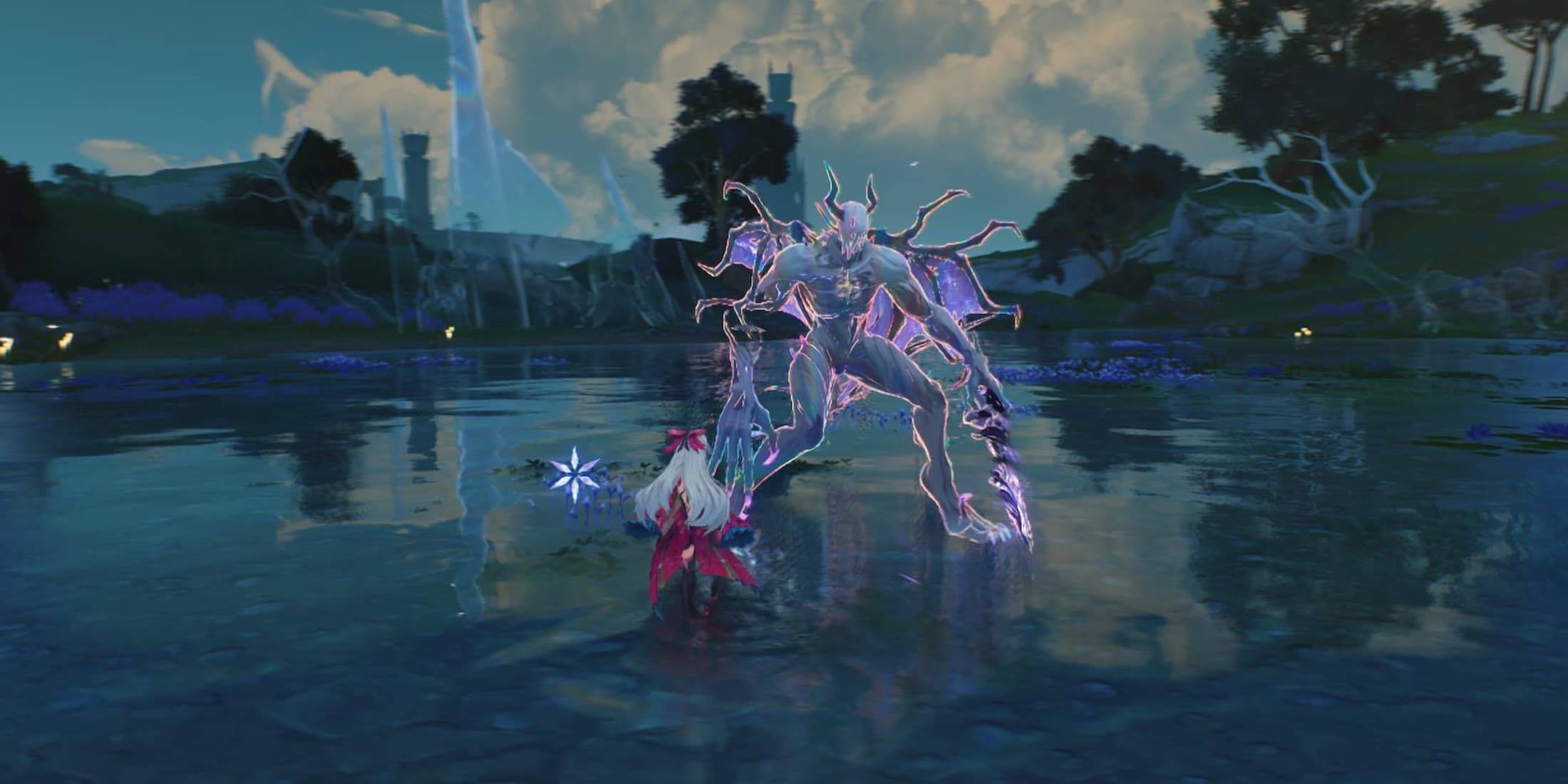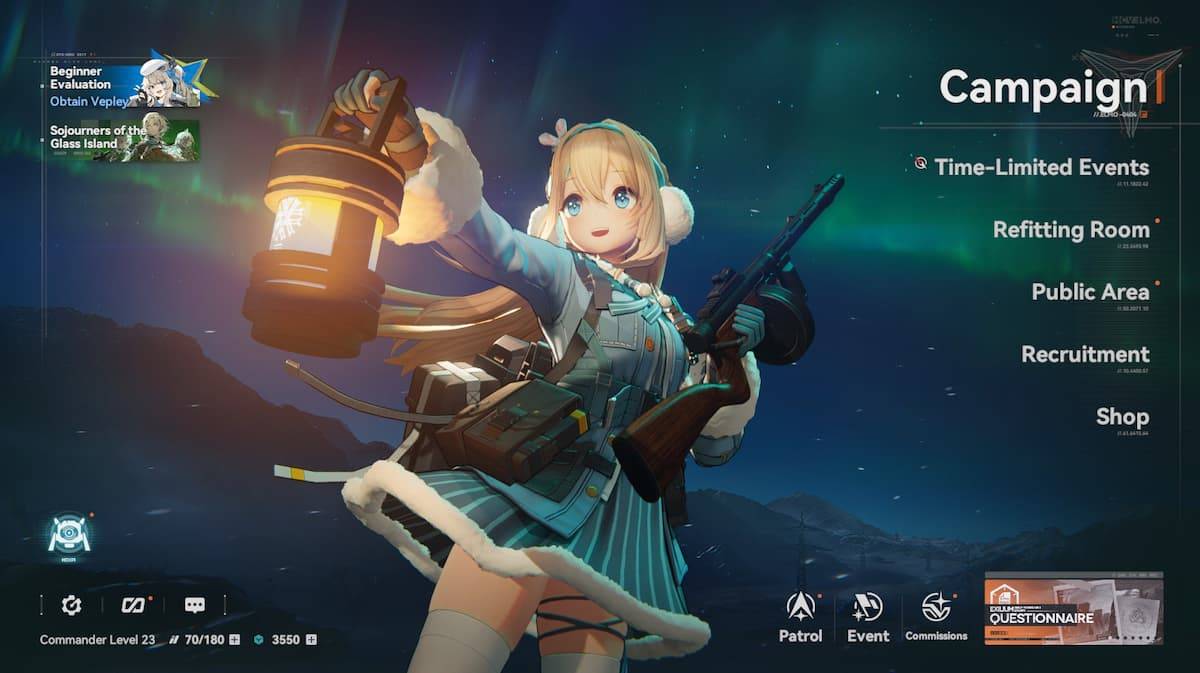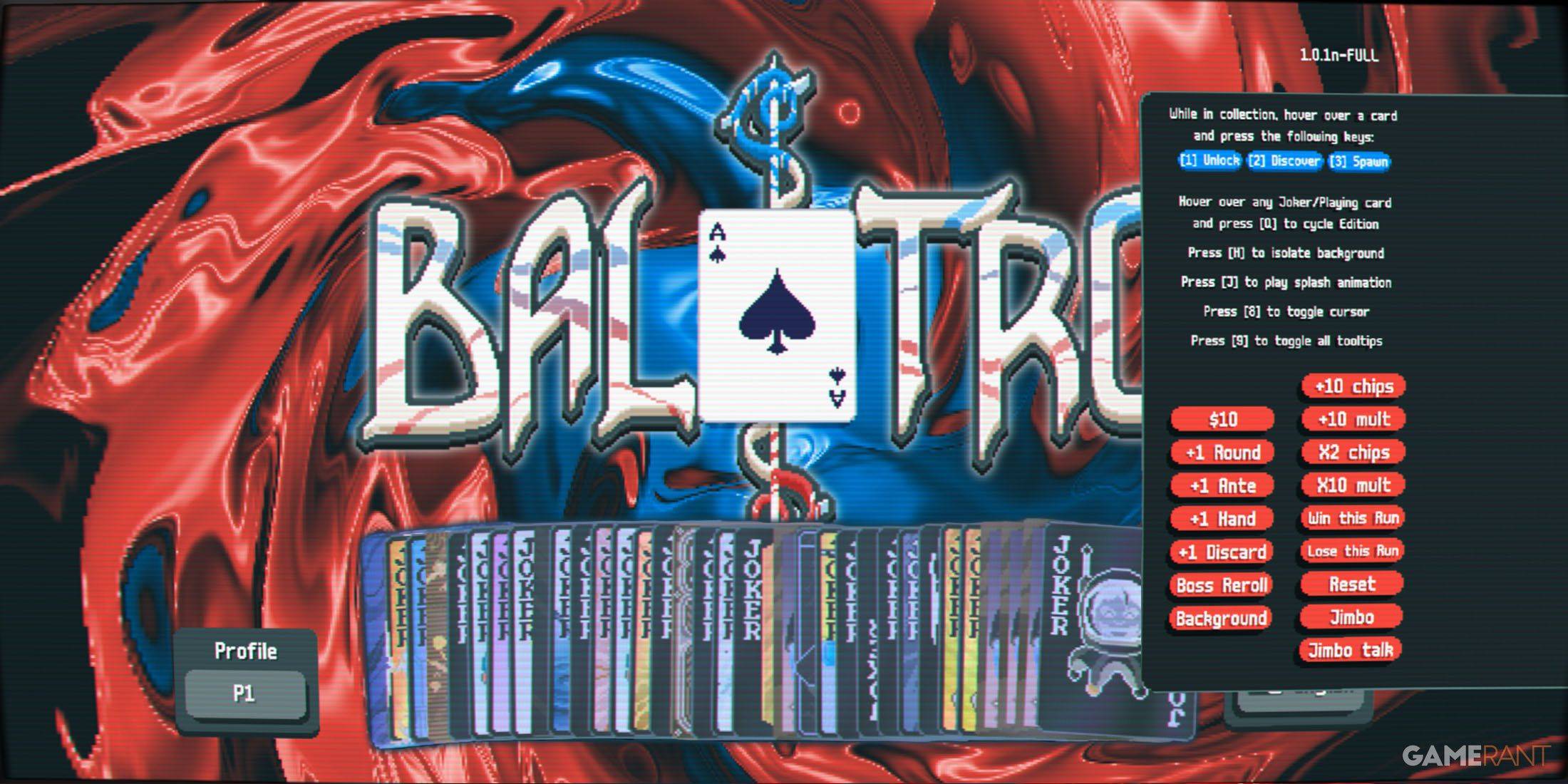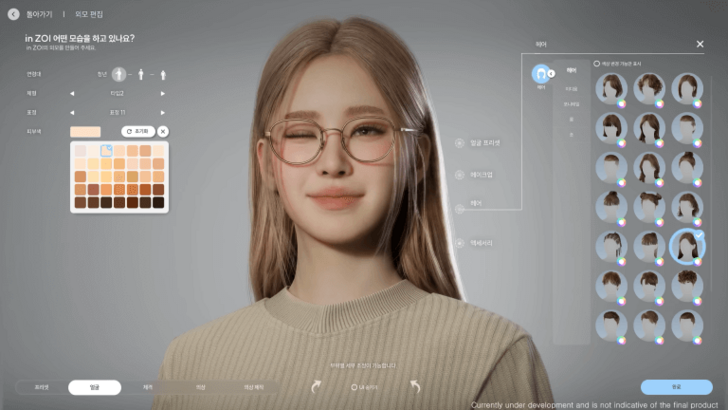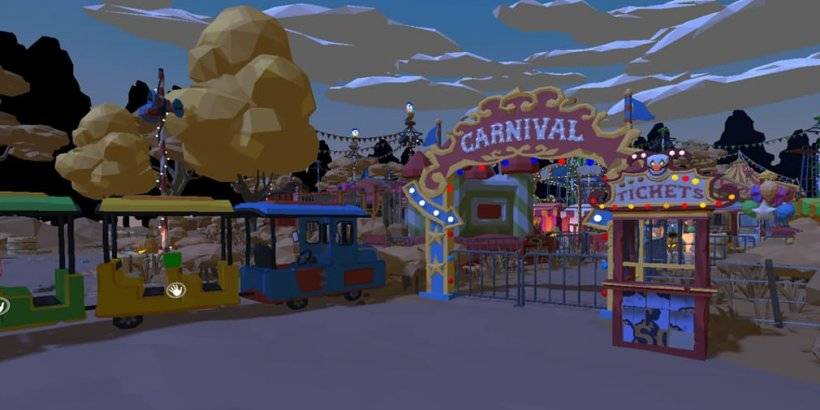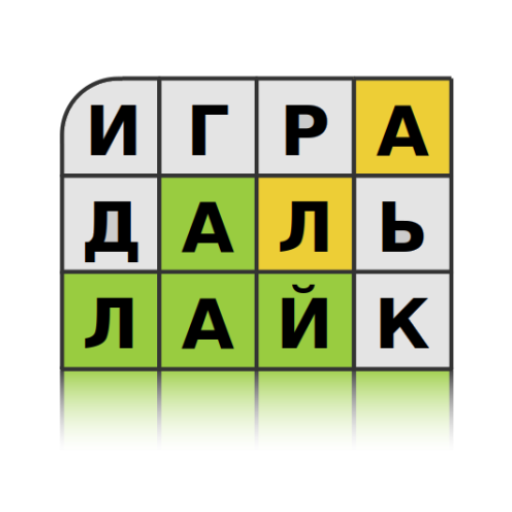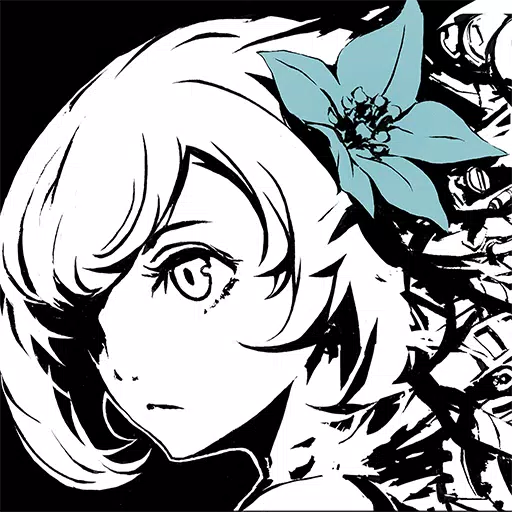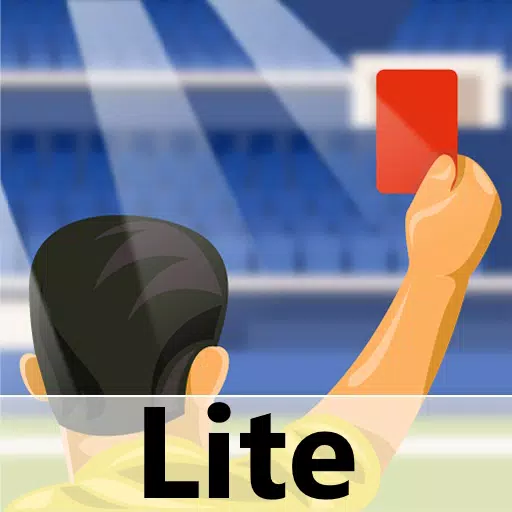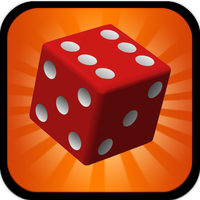"Nintendo Switch 2 GameChat Impacts System Resources, Final Specs Revealed"
The tech experts at Digital Foundry have unveiled the final tech specifications for the Nintendo Switch 2, highlighting concerns from developers about the significant resource demands of the new GameChat feature.
During the recent Nintendo Direct, Nintendo introduced the Switch 2's GameChat functionality, which can be activated by pressing the C button on the new Joy-Con controllers. This feature allows players to watch each other playing the same or different games, and with the aid of a camera, even see one another. The built-in microphone ensures reliable communication regardless of the players' gaming environments. The C button's chat menu is designed to be a comprehensive multiplayer tool, potentially marking Nintendo's most successful online initiative in decades.
Digital Foundry noted that Nintendo offers developers a GameChat testing tool that simulates API latency and L3 cache misses to mimic real-world conditions. This allows developers to test their games without needing an active GameChat session. The provision of such tools suggests that GameChat might impact system performance, raising questions about whether game performance could be affected when GameChat is active. As Digital Foundry stated, "We'll be interested to see how GameChat may (or may not) impact game performance as this does seem to be an area of developer concern." The true impact will only be known when the Switch 2 launches on June 5.
In addition to GameChat, Digital Foundry disclosed the Switch 2's final tech specs. The Switch 2 allocates 3GB of memory to the system, leaving 9GB available for games. This is a notable increase from the original Switch, which reserved 0.8GB for the system and provided 3.2GB for games. As with other consoles, developers do not have access to the full GPU resources, with some reserved by the system.
Nintendo Switch 2 System and Accessories Gallery
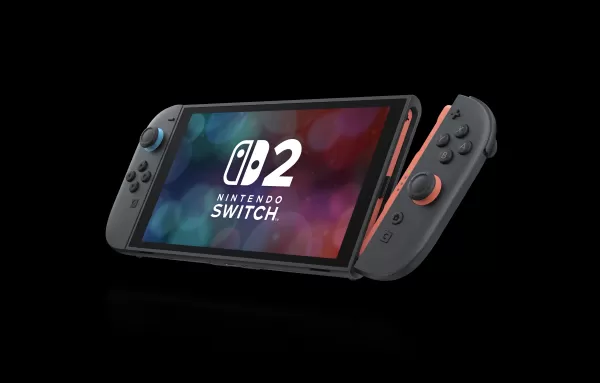
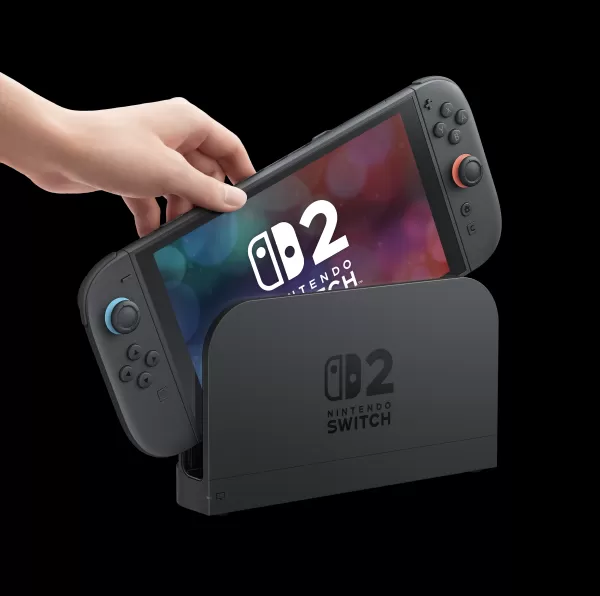 View 91 Images
View 91 Images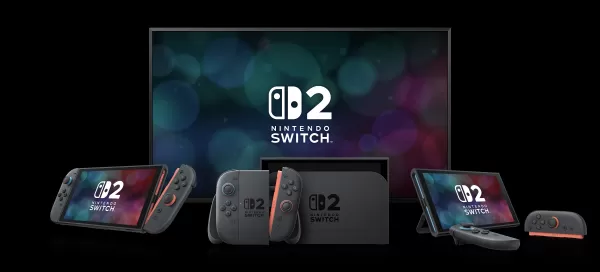
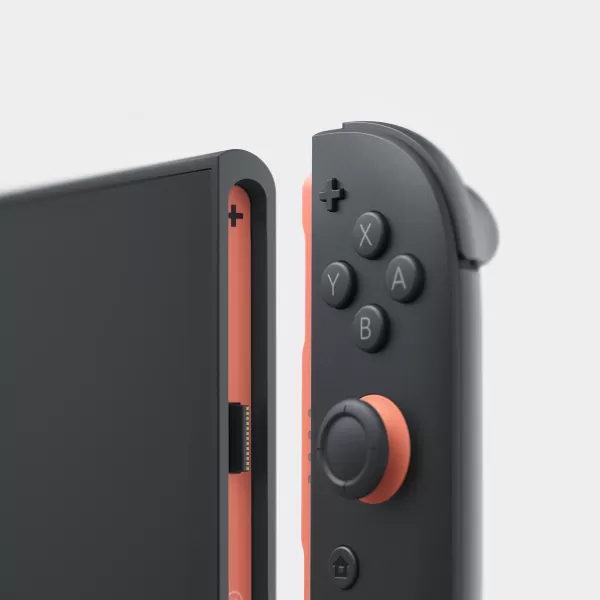
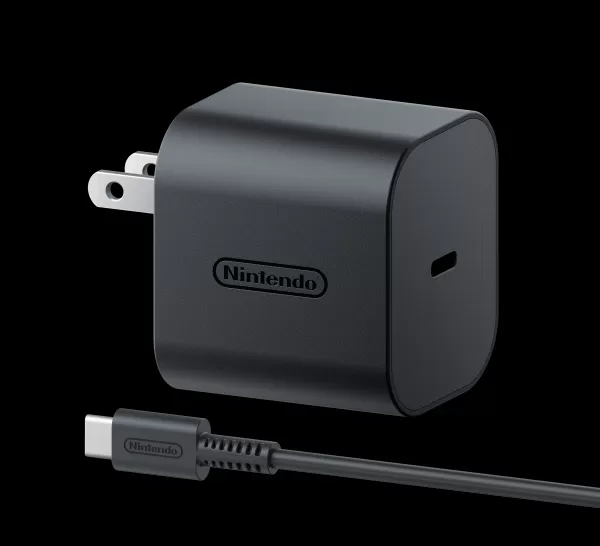
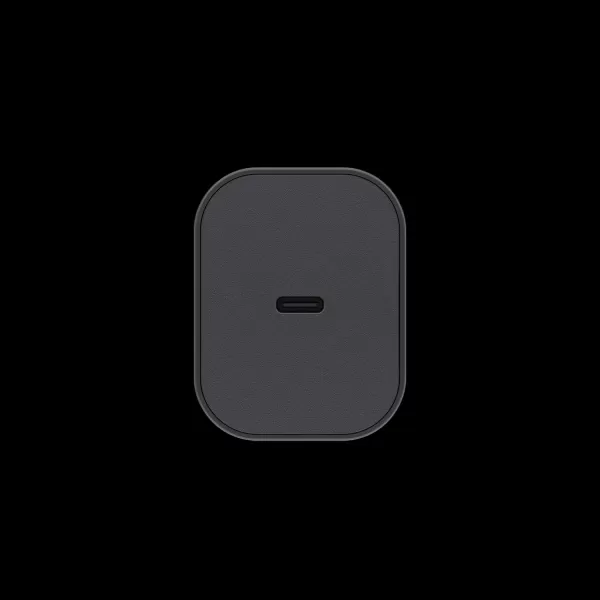
The Switch 2 boasts a 7.9-inch wide color gamut LCD screen capable of 1080p (1920x1080) resolution, a significant upgrade from the 6.2-inch screen of the original Switch, the 7-inch screen of the Switch OLED, and the 5.5-inch screen of the Switch Lite. It also supports HDR10 and VRR up to 120 Hz, enabling games to reach 120fps if supported by the game and the player's setup.
When connected to its new dock, the Switch 2 can output games at 4K (3840x2160) resolution at 60fps, or at 1080p/1440p (1920x1080/2560x1440) at 120fps. These enhanced graphics are facilitated by a custom processor developed by NVIDIA.
For a deeper dive into the specifications, Digital Foundry's detailed analysis is highly recommended.
Latest Articles


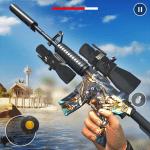

![Taffy Tales [v1.07.3a]](https://imgs.anofc.com/uploads/32/1719554710667e529623764.jpg)
